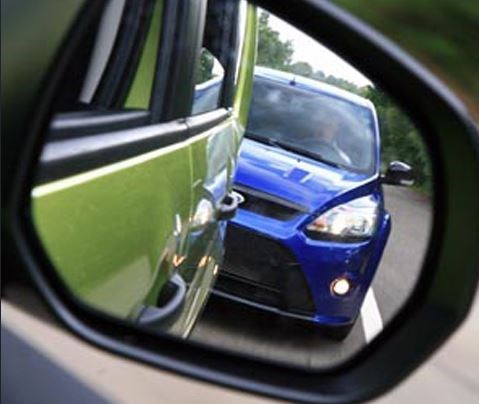Sometimes you can tell a lot about the COVID-19 pandemic by its spinoff impacts.
Like I’m getting fewer emails complaining about business service in restaurants as the ban on indoor dining in Burnaby drags on (yes, people complain a lot to me when a server makes a mistake).
Then, there’s ratrunners.
Yes, those speeding, maniacal drivers who race through your quiet residential neighbourhoods trying to avoid the major Burnaby routes like Kingsway, Canada Way, Hastings and Lougheed.
Traffic pretty much disappeared in the spring when the pandemic first hit in 2020. Then things picked up after many businesses started to reopen, but things were still pretty quiet because many people were also on vacation. Then, with the start of school, roads were the busiest they’ve been since before the pandemic and more and more people told me about the instant rise in ratrunners roaring through their neighbourhoods.
But as case numbers started to skyrocket a few weeks ago – hitting 1,300 a day for a while - I’ve heard from residents in Burnaby Heights who live north of Hastings from Boundary all the way to Holdom about seeing a big dropoff in speeding vehicles during rush hour times.
Another resident who lives south of Kingsway in Metrotown also wrote me that things suddenly got real quiet in the past few weeks.
It seems as more cases are discovered, more drivers stay home – including crazy ratrunners. Or perhaps the main routes are quieter so ratrunners don’t feel a need to veer off the road.
Which begs the question about what happens now that daily coronavirus case numbers have dropped in half. Will we see another surge in traffic? Or will people continue to work from home in larger numbers?
I know I’m still working from home.
All I know is that drivers need to continue to drive safely on local roads.
I want you all to remember the words of a South Burnaby resident who wrote me a while back about what he calls the “death trap” on Gilley that runs from Rumble all the way south to Marine.
For pedestrians and transit users, it’s not safe, said the resident, especially during the months when it gets dark at 4 p.m. and drivers are trying to turn onto Gilley from one of the many side streets.
“Gilley Avenue from Rumble down to Marine Drive is a death trap for pedestrians and transit users,” he said. “There are no pedestrian crosswalks and it’s very dark with sometimes fast-moving traffic. Bus stops are not well lit and neither are the sidewalks or intersections, creating a very dangerous environment for transit users and pedestrians crossing the street. I have seen cars narrowly miss pedestrians, community shuttle drivers miss pickups because the bus stops are not visible, and few road-rage incidents. I would like to bring this the attention of the city as well as the local media so a safe solution can be found.”
Better yet – drivers need to heed the message to slow down and stick to the major routes if you don’t live on those quiet side streets.
Research Co. and Glacier Media conducted the latest instalment of a yearly survey into the nation’s driving habits and it’s interesting to read what people notice about life on the road.
A majority of Canadians (54%) remember a driver not signaling before a turn over the past month. This year, British Columbia overtook Atlantic Canada as the region of Canada where this mistake is more prevalent (61%).
Another not-so-bright spot for British Columbia arrives when Canadians are asked if they saw a driver not stopping at an intersection. While the Canada-wide average for this misbehaviour is 36%, it climbs to 48% in B.C.
If this were a road test for British Columbians, the verdict would be cautiously optimistic. Even though we top the country in not signalling before a turn, the numbers are down significantly (83% in 2018, 66% in 2019 and 61% this year).
Drivers in British Columbia managed to keep a decent score on lane tracking (36%, compared to 38% in 2019 and down from a worrisome 61% in 2018). And, reassuringly, the scores remain under 50% for two issues that were off-the-charts two years ago: taking up two or more spaces at parking lots (from 68% in 2018 to 46% now) and stopping at intersections (from 67% in 2018 to 48% now).
You can read more about the results here.
Results are based on an online study conducted from September 18 to September 20, 2020, among a representative sample of 1,000 adults in Canada. The data has been statistically weighted according to Canadian census figures for age, gender and region. The margin of error, which measures sample variability, is plus or minus 3.1 percentage points, 19 times out of 20.
- With files from Mario Canseco, president of Research Co.
Follow Chris Campbell on Twitter @shinebox44.


